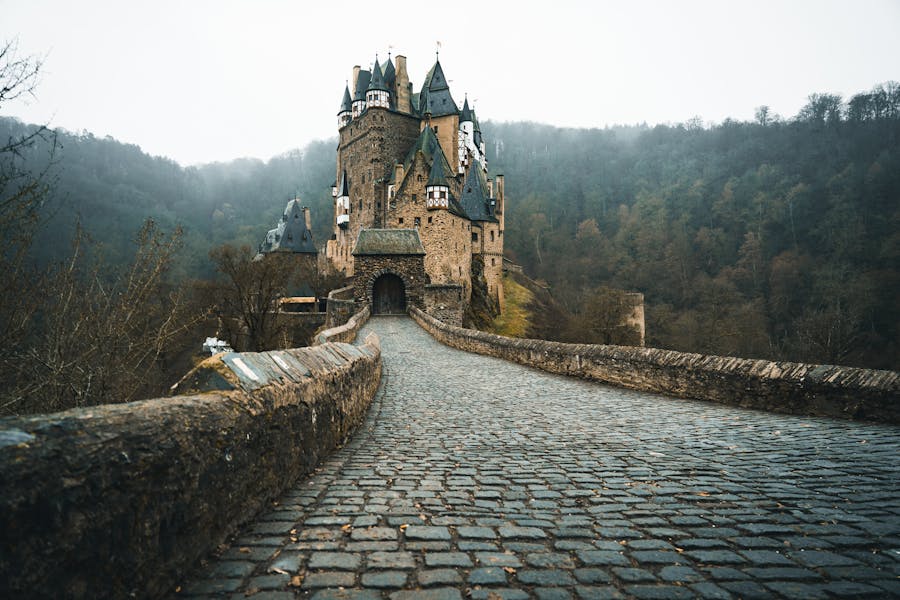 Origins and Purpose
Origins and Purpose
Medieval castles were central to the feudal system, serving as fortified residences for lords and symbols of their power. The construction of castles began in the 9th and 10th centuries as a response to increasing instability and threats from invasions. Castles provided defense against attackers and acted as administrative centers for managing estates and controlling surrounding lands. They were strategically located to oversee trade routes, rivers, and borders, ensuring the lord’s dominance over the region.
Architecture and Design
The design of medieval castles evolved to enhance their defensive capabilities. Early motte-and-bailey castles featured wooden keeps on raised earth mounds, surrounded by protective ditches and palisades. By the 12th century, stone castles replaced wooden structures, incorporating features such as curtain walls, towers, and gatehouses. Innovations like the concentric design, with multiple layers of fortifications, and the development of arrow slits and murder holes, improved the castle’s ability to withstand sieges and attacks.
Social and Economic Roles
Castles played vital social and economic roles within feudal society. They were centers of local governance, where lords administered justice, collected taxes, and organized defense. Castles also served as hubs of economic activity, supporting markets, crafts, and agriculture. The presence of a castle provided protection and stability, encouraging the development of surrounding towns and villages. Socially, castles were the residences of noble families, hosting events, feasts, and gatherings that reinforced the social hierarchy and the lord’s status.
Conclusion
Medieval castles were more than just military fortifications; they were integral to the structure and functioning of feudal society. Their roles in defense, governance, and economic development underscore their importance in the medieval landscape, reflecting the complex interplay of power, security, and community in the Middle Ages.